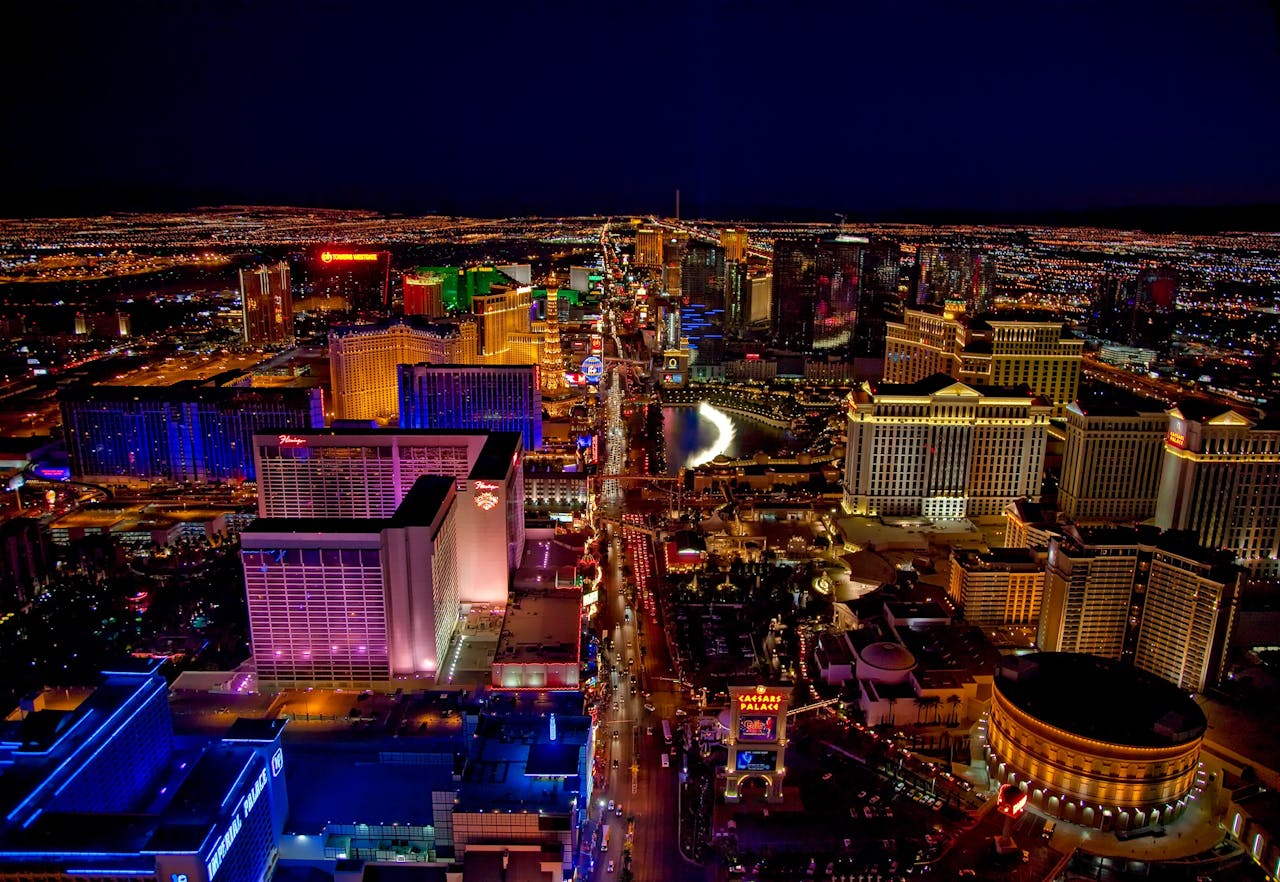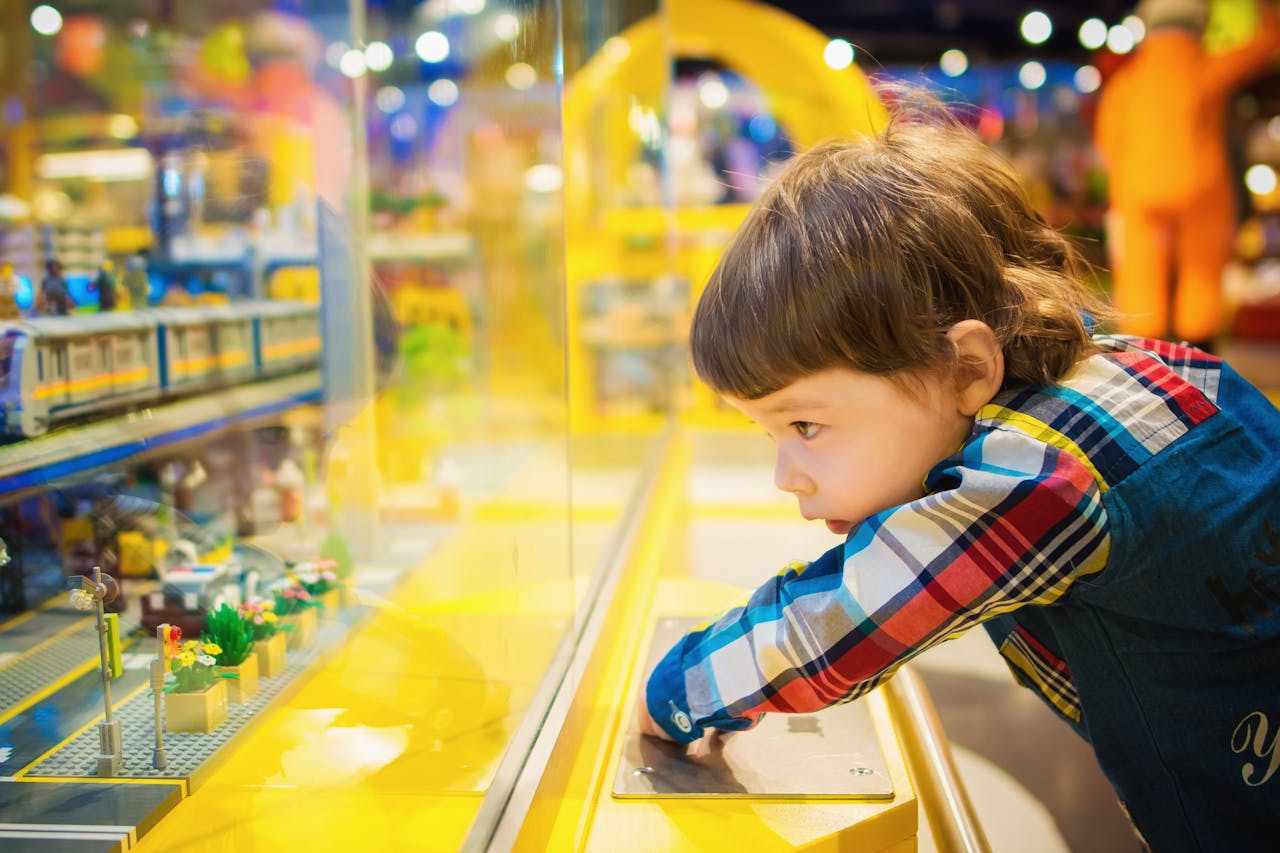The Impact of PR on Regulatory Compliance in Health Tech
Public relations plays a vital role in the health technology sector, where regulatory compliance directly affects patient safety and public trust. PR teams must balance effective communication with strict adherence to FDA regulations, HIPAA requirements, and other healthcare standards. According to recent data from the FDA, medical device companies face increasing scrutiny over their marketing communications, with compliance violations resulting in significant financial penalties and reputation damage. This intersection of PR and regulatory compliance demands a strategic approach that combines legal expertise, clear communication protocols, and stakeholder education.
The FDA maintains strict guidelines for how medical devices and health technology companies can communicate about their products and services. These regulations cover everything from product claims and marketing materials to social media posts and press releases. The FDA’s guidance documents specifically address promotional materials, requiring them to be truthful, not misleading, and supported by substantial scientific evidence.
Public relations plays a vital role in the health technology sector, where...
How PR Drives Sustainable Practices at Ski Resorts: An Executive’s Perspective
The ski industry faces mounting pressure to address its environmental impact while maintaining profitability and guest satisfaction. As winter sports destinations grapple with shorter seasons and unpredictable weather patterns, many resorts have implemented substantial sustainability programs – yet struggle to effectively communicate these initiatives to stakeholders. Public relations plays a central role in promoting eco-friendly practices, from renewable energy adoption to water conservation. Based on more than two decades of experience working with leading ski destinations, we’ve observed that strategic PR can transform sustainability from a cost center into a competitive advantage.
Ski resorts that effectively promote their environmental initiatives see measurable benefits. A 2022 National Ski Areas Association (NSAA) study found that 73% of skiers consider a resort’s sustainability practices when choosing where to ski. Additionally, resorts with strong environmental messaging reported 12% higher guest satisfaction scores compared to those without dedicated sustainability communications.
The ski industry faces mounting pressure to address its environmental impact...
Martech and UGC: A Strategic Guide to Modern PR Campaigns
Marketing technology and user-generated content now form the backbone of successful PR campaigns, fundamentally changing how brands connect with their audiences. Social proof through authentic customer voices carries more weight than traditional advertising, with 92% of consumers trusting peer recommendations over brand messaging. The integration of martech tools with UGC strategies has produced measurable results – brands using UGC see 29% higher web conversions compared to campaigns without user content. This shift toward authentic, customer-driven content marks a decisive change in how PR professionals approach campaign development and execution.
PR teams need the right technology stack to effectively collect, manage, and distribute user-generated content. Social listening platforms like Brandwatch and Mention help teams identify valuable UGC across social channels, while content management systems like Stackla and TINT streamline the process of rights management and content curation. These tools have shown significant impact – companies using UGC platforms report a 50% reduction in content creation costs and a 76% increase in engagement rates.
Marketing technology and user-generated content now form the backbone of...
Digital PR Strategies for Lifestyle Event Growth
Social media feeds buzz with anticipation as thousands gather for New York Fashion Week, Coachella lights up Instagram stories, and wellness summits draw crowds of health-conscious attendees. Behind these successful lifestyle events lies strategic digital PR that builds excitement and drives ticket sales. Digital PR combines traditional public relations with modern marketing channels to create multi-platform campaigns that resonate with target audiences. For event organizers looking to increase attendance and visibility, mastering digital PR tactics has become essential for success in today’s connected world.
Influencer partnerships serve as powerful amplifiers for lifestyle events when executed strategically. According to a recent study by Influencer Marketing Hub, 90% of marketers believe influencer marketing is effective, with lifestyle and events seeing particularly strong results. The key lies in selecting partners whose audience demographics and values align closely with your event’s target attendees.
Social media feeds buzz with anticipation as thousands gather for New York...
Making Skiing Accessible: A Guide to PR Strategies for Adaptive Programs
Making winter sports accessible to everyone takes dedication, planning, and effective communication. Ski resorts across North America have made significant progress in creating adaptive skiing programs that welcome people of all abilities to experience the thrill of gliding down snowy slopes. According to the National Ski Areas Association, over 90% of major ski resorts now offer some form of adaptive skiing program. These programs provide specialized equipment, trained instructors, and modified teaching techniques to help people with disabilities participate fully in winter sports. For PR professionals and resort managers, promoting these programs requires thoughtful strategies that highlight both the technical capabilities and the human impact of adaptive skiing initiatives.
Adaptive skiing programs modify traditional skiing techniques and equipment to accommodate different abilities. These modifications allow people with physical disabilities, cognitive challenges, and other conditions to experience skiing safely and enjoyably. The Professional Ski Instructors of America (PSIA) recognizes several categories of adaptive skiing, including sit-skiing, three-track skiing, four-track skiing, and techniques for visual and cognitive impairments.
Making winter sports accessible to everyone takes dedication, planning, and...
The Role Of PR In Launching New Online Casinos: A Strategic Guide
Public relations stands as a defining force in the online casino industry, where first impressions and brand reputation make or break new ventures. The digital gaming landscape demands sophisticated PR strategies that go beyond traditional marketing approaches. As competition intensifies and regulations tighten, PR teams must craft compelling narratives that build trust while maintaining compliance. This comprehensive guide examines proven PR techniques for launching online casinos, drawing from successful case studies and industry best practices.
The months leading up to an online casino launch present critical opportunities to establish market presence. Research shows that casinos with structured pre-launch PR campaigns see 40% higher player acquisition rates in their first quarter compared to those without coordinated PR efforts.
Public relations stands as a defining force in the online casino industry,...
Maximizing PR Impact During Peak Toy Season
Seasonal toy sales represent a significant portion of annual revenue for manufacturers and retailers, with the fourth quarter alone accounting for nearly 50% of yearly toy purchases. PR teams face intense pressure to break through market noise during these critical periods, particularly from October through December when consumer spending peaks. While many brands focus solely on advertising, PR strategies offer unique advantages for building authentic connections with consumers and creating lasting brand value. The most successful toy companies combine strategic timing, compelling storytelling, and data-driven campaign optimization to stand out during these high-stakes seasons.
The foundation of effective seasonal toy PR lies in careful advance planning. Most major retailers finalize their holiday toy lists by July, meaning PR teams should begin their campaign development no later than early summer. This timeline allows for proper media relationship building, content creation, and coordination with retail partners.
Seasonal toy sales represent a significant portion of annual revenue for...
Proactive Cybersecurity: Building Your Defense Before Crisis Strikes
Security breaches cost companies an average of $4.45 million in 2023, according to IBM’s Cost of a Data Breach Report. This staggering figure doesn’t account for the long-term reputation damage that follows a public cybersecurity incident. While many organizations focus on incident response, the most successful cybersecurity programs prevent crises through methodical preparation and constant vigilance. Leading companies now dedicate 40% of their security budgets to preventive measures – a strategic shift that’s proving far more cost-effective than cleaning up after an attack.
Effective threat monitoring requires a multi-layered approach that combines technology, process, and human expertise. Start by implementing continuous monitoring across all critical systems and assets. The most effective programs use Security Information and Event Management (SIEM) platforms to aggregate and analyze data from multiple sources. Major enterprises like JP Morgan Chase process over 1 billion security events daily through their monitoring systems.
Security breaches cost companies an average of $4.45 million in 2023, according...









